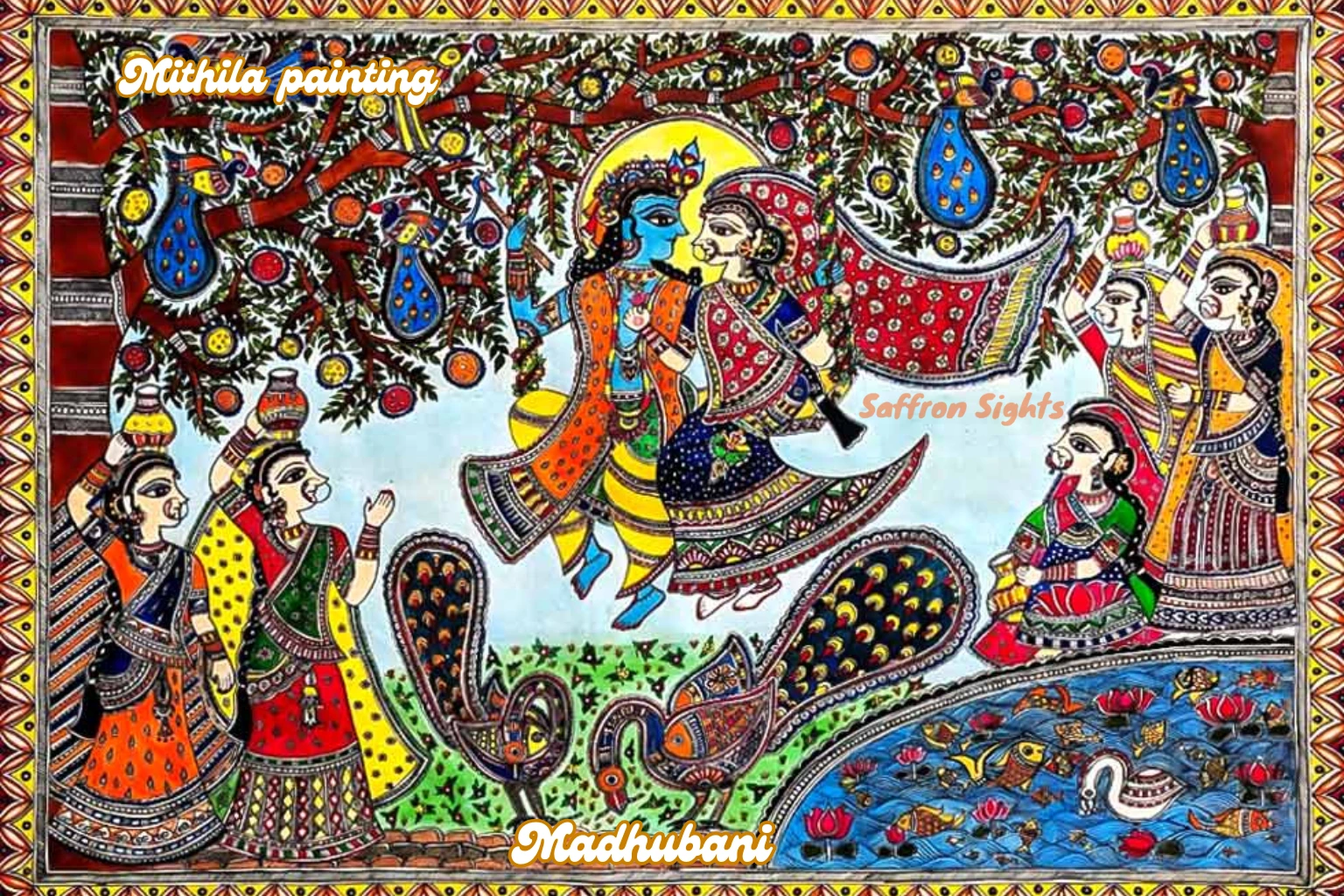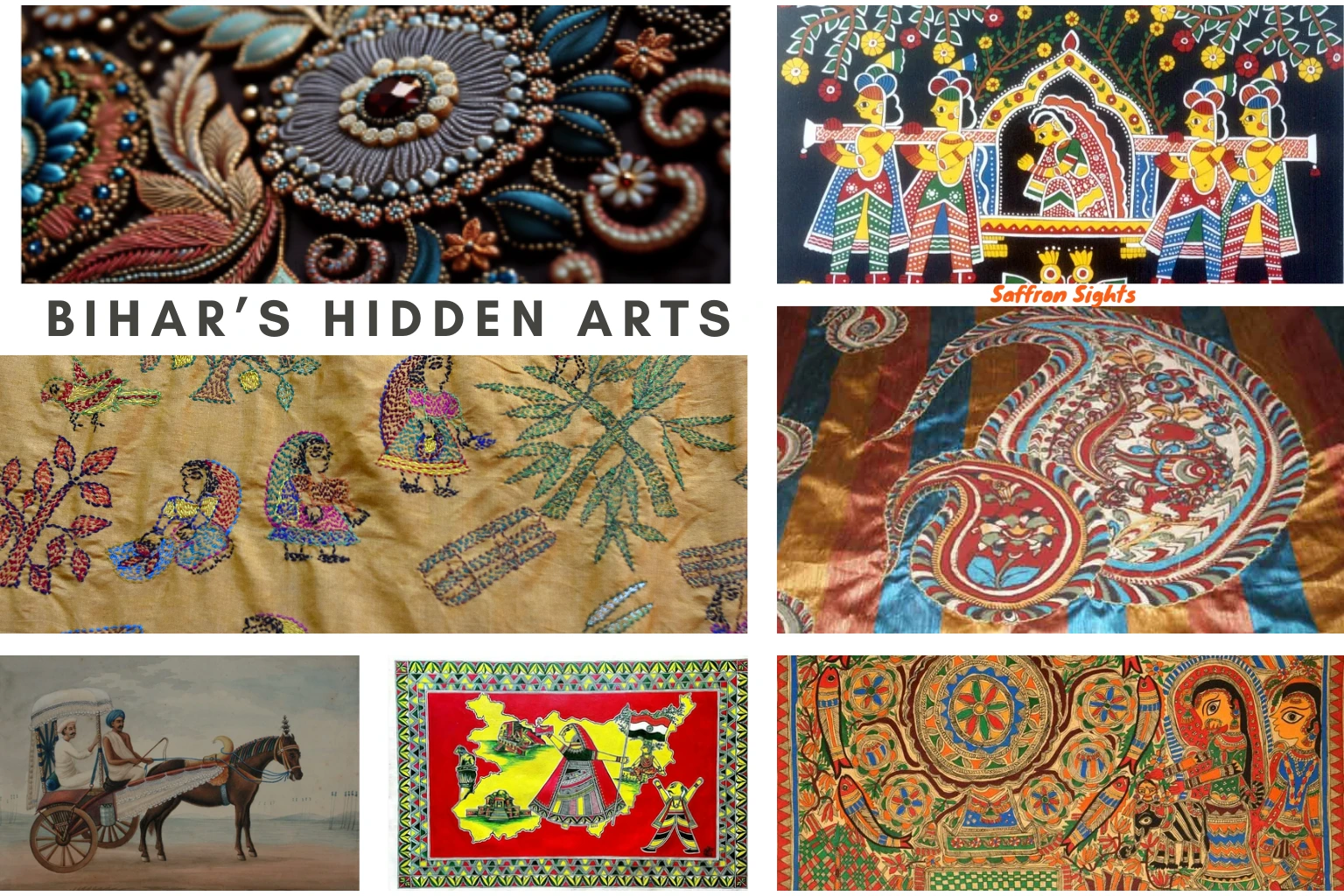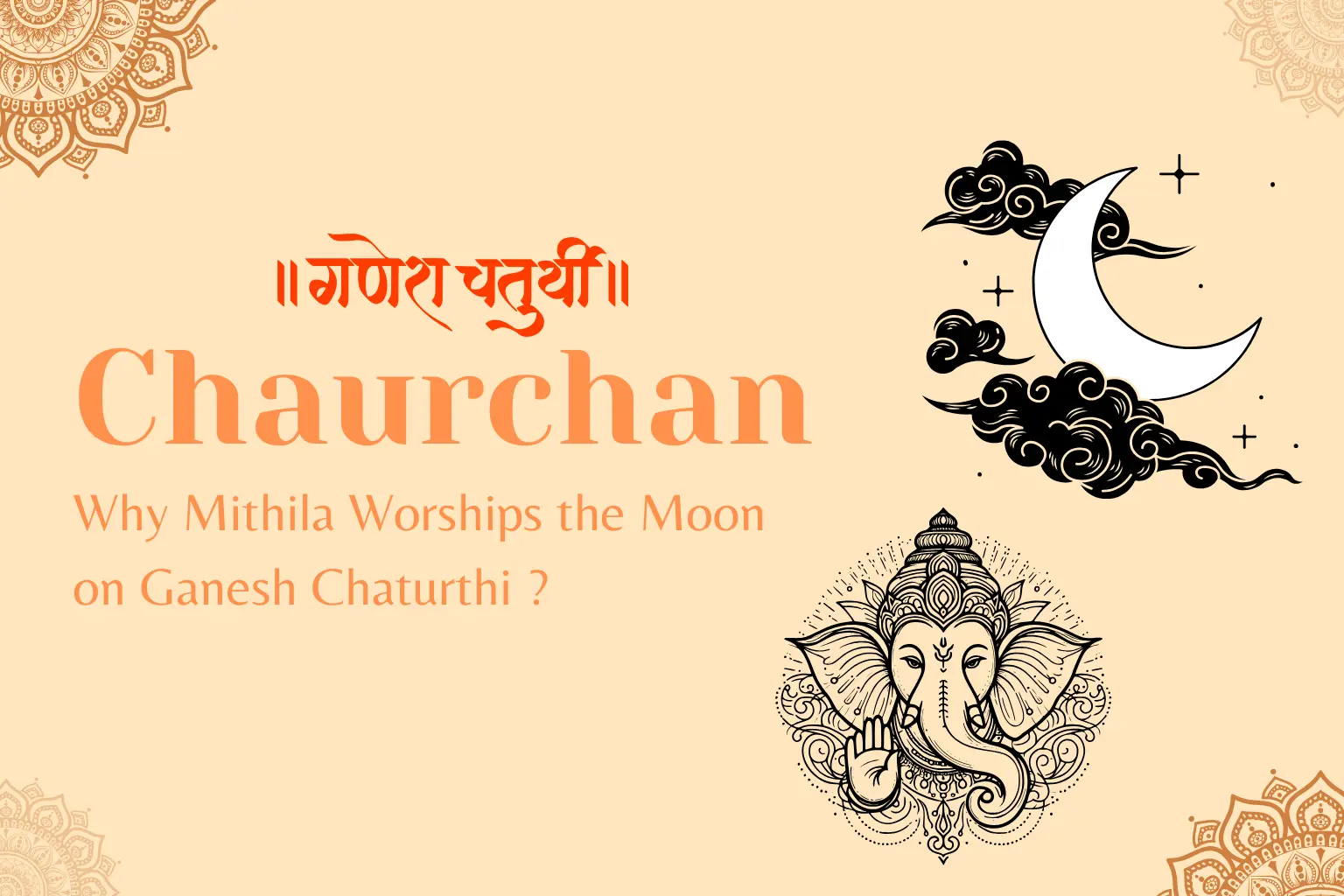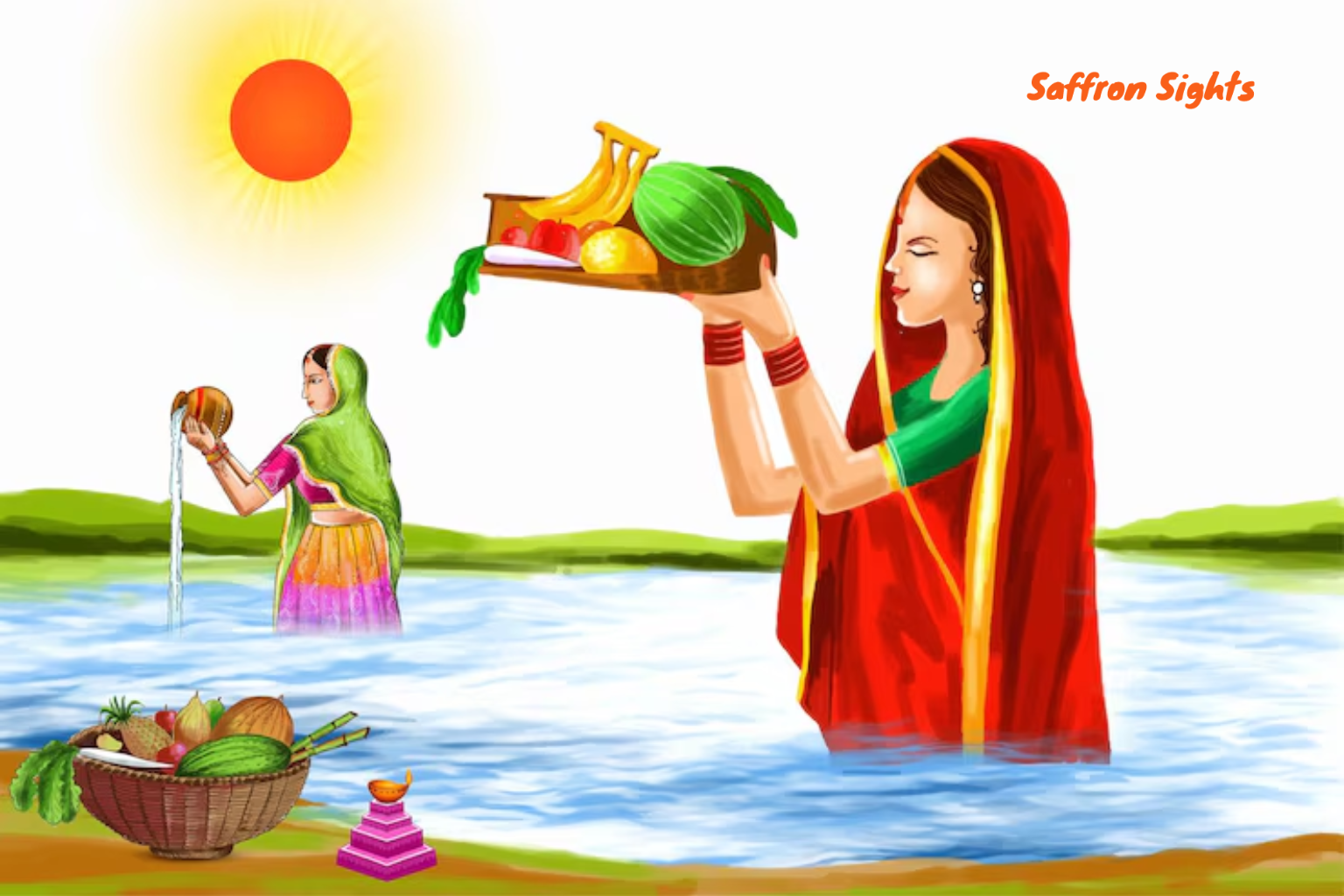Madhubani, a small district in northern Bihar, India, is a place full of culture, history, and beautiful art. The name “Madhubani” means “forest of honey,” and while the area is known for its natural beauty, it is the culture and art that make it truly special. This blog will take you through the history, culture, and famous art of Madhubani, especially the well-known Madhubani paintings.
The History of Madhubani
Madhubani has a long and interesting history. Although it became an official district in 1972, its roots go back thousands of years. It was once part of the ancient kingdom of Videha, ruled by the Janakas. This region, also called Mithila, is famous in Indian epics like the Mahabharata and Ramayana as the birthplace of Sita, the wife of Lord Rama.
Over the centuries, Madhubani has seen the rise and fall of many empires, including the Maurya and Gupta dynasties. Kings like Bimbisara and Ajat Shatru helped make Madhubani an important center for culture and religion. The region is also closely linked to the spread of Jainism and Buddhism, with leaders like Mahavira and Buddha visiting the area.
During the medieval period, Madhubani was part of a larger region called Mithila, which had a rich tradition of language and literature. The district also played a role in India’s fight for independence, with many people from Madhubani joining the movements led by Mahatma Gandhi.
Cultural and Religious Importance
Madhubani is rich in culture and religion. The district is home to many temples and sacred places that show its deep religious roots. One of the most famous temples is the Kapileswarsthan, which is dedicated to Lord Shiva. This ancient temple attracts many devotees, especially during the festival of Mahashivaratri.
Another important temple is the Uchaitha temple, which is dedicated to Goddess Bhagwati. This temple is located on the banks of the Kamla River and is believed to bring wisdom and prosperity to those who visit. The temple is also surrounded by many local legends and stories.
Madhubani is also known for the village of Saurath, where an annual gathering called “Saurath Sabha” takes place. Here, Maithili Brahmins come together to arrange marriages in a traditional way. Another important place is Bhawanipur, the birthplace of the famous poet Vidyapati, whose works are still celebrated in Maithili culture.
Madhubani Paintings: The Heart of the District
Madhubani is famous around the world for its unique style of painting, known as Madhubani or Mithila art. This art form has been passed down through generations, mainly by women. It started as a way to decorate the walls of homes in the Mithila region, which includes Madhubani.
The origins of Madhubani painting are linked to ancient myths and legends. One story says that King Janaka asked artists to create these paintings to celebrate the marriage of his daughter, Sita, to Lord Rama. Over time, what began as wall paintings became a recognized art form that is now celebrated worldwide.
How Madhubani Paintings Became Famous
For many years, Madhubani paintings were only found on the walls of village homes. This changed in 1934 when a British officer named William G. Archer saw these colorful murals after an earthquake hit the region. He was amazed by their beauty and introduced them to the outside world.
After India gained independence, efforts were made to promote Madhubani paintings as a source of income for the rural women of Mithila. The paintings, which were once only on walls, began to be made on paper, cloth, and canvas. This made them accessible to a wider audience.
Today, Madhubani paintings are famous not just in India but around the world. They are displayed in art galleries and are collected by art lovers everywhere. While the art form has evolved over time, the traditional patterns and symbols remain an important part of each piece.
How Madhubani Paintings Are Made
Making a Madhubani painting is a detailed process that requires a lot of care. Traditionally, the paintings were done on walls or mud floors. Nowadays, artists use handmade paper, canvas, or cloth as their base. The surface is first coated with a mixture of cow dung and mud, which helps preserve the painting.
The artist then sketches the design using a twig or bamboo pen. After that, the patterns are filled in with colors made from natural materials. For example, black is made from lamp soot, red from vermilion or flowers, yellow from turmeric, and blue from indigo. These natural dyes give Madhubani paintings their bright, vibrant colors.
One of the special features of Madhubani paintings is the use of double lines to create borders, which are filled with detailed patterns. The artists make sure that no space is left empty, covering the entire surface with designs. Common themes include flowers, animals, and geometric shapes, each carrying its own meaning.
Themes and Symbols in Madhubani Paintings
Madhubani paintings are a reflection of the cultural and religious life of the Mithila region. The themes are often inspired by Hindu mythology, nature, and everyday life. Many paintings feature Hindu gods like Krishna, Rama, Durga, and Lakshmi. Scenes from the Ramayana and Mahabharata, focusing on love, devotion, and bravery, are also popular.
In addition to religious themes, Madhubani paintings often depict daily life, such as weddings, rituals, and festivals. The artists also love to draw elements of nature, with animals, birds, and plants often appearing in the paintings.
Each symbol in a Madhubani painting has a special meaning. For example, the fish represents fertility and prosperity, the lotus stands for purity, and the peacock symbolizes beauty and love. These symbols add depth to the paintings, making them more than just decorative art.
The Impact of Madhubani Paintings on Society
Madhubani paintings are not just an art form; they have also helped improve the lives of many people in the region. For years, the women of Mithila used these paintings to express their creativity and preserve their culture. But it was only in the last century that Madhubani paintings began to be seen as a way to make a living.
Today, Madhubani paintings are a major source of income for many families in the region. What started as a household craft has grown into a cottage industry, providing jobs and income to thousands of people. The art has also given women in the region a sense of identity and pride, as they continue to carry on this ancient tradition.
Organizations and the government have played a big role in promoting Madhubani paintings, helping artists sell their work to people all over the world. This support has helped preserve the authenticity of the art while allowing it to grow and reach new audiences.
Madhubani paintings are also a symbol of sustainable development. The use of natural dyes and materials makes the art environmentally friendly, which has increased its appeal to people who care about conservation. This has helped raise awareness about the importance of preserving traditional art forms in today’s fast-changing world.
The Lasting Legacy of Madhubani
Madhubani is a district that represents the rich culture and tradition of Mithila. Its history, culture, and art make it a unique place that offers a glimpse into a world where tradition and modern life come together. Whether it’s the ancient temples, unique social customs, or the beautiful Madhubani paintings, this district shows how art and life are deeply connected.
Madhubani paintings continue to inspire and captivate people around the world. These paintings are not just art; they are a testament to the creativity, resilience, and spirit of the people of Madhubani. As we celebrate this timeless art form, it’s important to support the artists who keep this tradition alive, ensuring that it remains a vibrant part of our cultural heritage.
Madhubani, with its rich history, culture, and art, stands as a reminder of the beauty and wisdom that come from preserving our traditions. As Madhubani paintings continue to be admired worldwide, they connect the past with the present, telling stories that are as meaningful today as they were centuries ago.
Frequently Asked Questions
What is Madhubani famous for?
Madhubani is famous for its world-renowned Madhubani paintings, deeply rooted in Mithila culture, as well as its historical significance and ancient temples.
What is the history behind Madhubani paintings?
Madhubani paintings originated in Mithila, dating back to the time of King Janaka, who commissioned these artworks to celebrate the wedding of Sita and Lord Rama.
What are the key features of Madhubani art?
Madhubani art is characterized by vibrant natural colors, intricate patterns, double-line borders, symbolic themes, and the use of every space on the canvas.
Which natural materials are used in Madhubani paintings?
Natural dyes like turmeric for yellow, indigo for blue, lamp soot for black, and vermilion for red are used, along with handmade paper and mud-coated surfaces.
How did Madhubani paintings gain global recognition?
William G. Archer, a British officer, introduced Madhubani paintings to the world in 1934. Since then, it has become a celebrated global art form.
What are the popular themes in Madhubani paintings?
Popular themes include Hindu gods like Rama, Krishna, and Durga, nature-inspired elements like fish and peacocks, and scenes from daily life and festivals.
Where can I buy authentic Madhubani paintings?
You can buy authentic Madhubani paintings from local artisans in Madhubani, Bihar, or at art exhibitions and online platforms promoting Indian crafts.
What are the key tourist attractions in Madhubani?
Key attractions include Kapileswarsthan Temple, Uchaitha Temple, Saurath Sabha, Bhawanipur (birthplace of Vidyapati), and villages showcasing Mithila art.
What is the cultural significance of Madhubani art?
Madhubani art reflects the traditions, beliefs, and lifestyle of the Mithila people, making it a significant cultural expression of their identity.
How are Madhubani paintings linked to sustainable practices?
Madhubani paintings use eco-friendly materials like natural dyes and handmade paper, promoting sustainability and raising awareness about conservation.
Who are some famous Madhubani artists?
Renowned artists include Sita Devi, Mahasundari Devi, and Ganga Devi, who have played a vital role in preserving and popularizing the art form.
What are the festivals celebrated in Madhubani district?
Festivals like Chhath Puja, Mahashivaratri, and Durga Puja are widely celebrated, showcasing the district’s deep-rooted religious and cultural traditions.
How does Madhubani art support the local economy?
Madhubani art has grown into a cottage industry, providing income to rural families and empowering women through the global sale of their artwork.
Can tourists learn Madhubani painting techniques?
Yes, many local artisans and workshops in Madhubani offer tourists the opportunity to learn and create their own Madhubani paintings.




